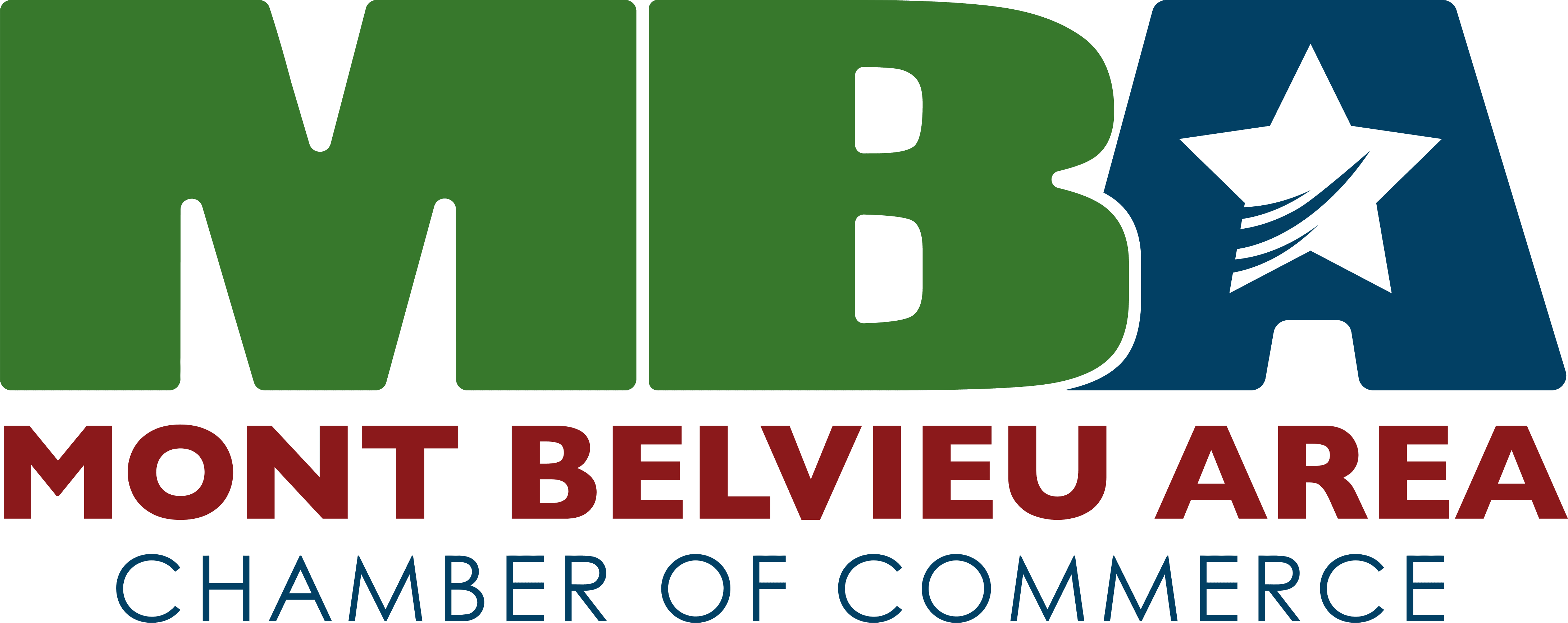-
Beneath the Surface: How Small Business Owners Can Build a Real Financial Safety Net
May 12, 2025For many small business owners, the line between stability and chaos is razor-thin. Economic downturns, unexpected expenses, and seasonal sales dips don’t just test resilience — they can unravel a business entirely. That’s why building a genuine financial safety net is more than a smart move; it’s survival strategy. But beyond saving a few months’ worth of expenses, the real work lies in embedding safeguards directly into the structure of the business itself.
Think Past the Emergency Fund
It’s easy to think of a financial cushion as a savings account labeled “just in case.” But a deeper safety net means constructing layers that absorb shocks over time. This involves a working capital reserve, yes — but also access to multiple revenue streams, reliable credit, and strategic cost controls. If all revenue relies on one client or one product, then even a modest disruption can hit like a landslide. Building resilience means diversifying income and locking in predictable elements wherever possible.
Separate Business and Personal
Too many small business owners blur the line between personal and business finances, often unintentionally. It starts small — covering payroll with a personal credit card, or running business expenses through a joint checking account. But this lack of separation is a crack in the foundation. Proper safety nets depend on clarity: separate bank accounts, clear books, and distinct credit lines. When finances are split, the owner can see trouble more clearly and act faster, without personal finances dragging the business down with them.
Turn Filing Into a Fluid System
A document management system doesn’t just store paperwork — it transforms how you interact with your business’s financial records. Organizing invoices, receipts, and reports digitally makes tax season, audits, and financial planning far less chaotic. When working with financial statements in PDF format, using tools that show you how to convert PDF to Excel opens the door to easy manipulation and analysis of tabular data, providing a more versatile and editable format. Once you’ve cleaned up, calculated, or reformatted the numbers in Excel, the file can be resaved as a PDF for polished, shareable records.
Build Credit When You Don’t Need It
A mistake often made is waiting until times get tough to think about borrowing. But access to capital isn’t something that gets granted overnight, especially when cash is already tight. One of the most overlooked tools in the small business safety net is a well-managed credit relationship, established during calm periods. That might be a business credit card paid off monthly, or a line of credit left untouched for emergencies. Building credit early offers flexibility later — when the unexpected hits, options matter more than ever.
Create Predictability Where None Exists
Business is never fully predictable, but some variability can be reined in with the right systems. Recurring revenue models — like service retainers or subscriptions — can soften revenue volatility. Vendor contracts that lock in pricing prevent surprise increases. Even budgeting tools that categorize “fixed” and “flexible” costs help owners spot where cuts can be made without harming the business. Predictability gives breathing room, which in turn allows better decisions when the pressure is on.
Don’t Just Save — Insure and Automate
A true safety net has more than one thread. Insurance, often seen as an afterthought, is a fundamental element. Not just liability coverage, but business interruption insurance, cyber insurance, and even key person policies for founder-led companies. Add to that the power of automation — setting up transfers to reserve accounts, automating bill payments to avoid late fees, and using software to forecast cash flow. Small steps layered over time become an ecosystem of support that works even when no one’s watching.
Think Beyond the Business Itself
A financial cushion also exists in the life surrounding the business. Personal savings, health insurance, and even backup income streams like freelance work or real estate investments can serve as external stabilizers. When the business wobbles, it’s often these outside resources that provide time to adjust without panic. Planning for the long haul includes recognizing that business and life are never fully separate. Stability in one lends stability to the other — and a truly durable safety net stretches across both.
The safety net a small business owner builds isn’t made of just savings or plans — it’s built from habits, systems, and foresight. No one can predict every twist and downturn, but it’s entirely possible to prepare for the fact that they’ll come. A well-woven net includes multiple strands: from disciplined credit practices and thoughtful automation to smart insurance and personal resilience. In an economy where stability is never guaranteed, those who build deep, layered defenses don’t just survive — they stay nimble enough to grow.
Discover the vibrant community and endless opportunities with the Mont Belvieu Area Chamber of Commerce and take the first step towards connecting, impacting, and prospering in Green Valley!
-
CONNECT. IMPACT. PROSPER.

